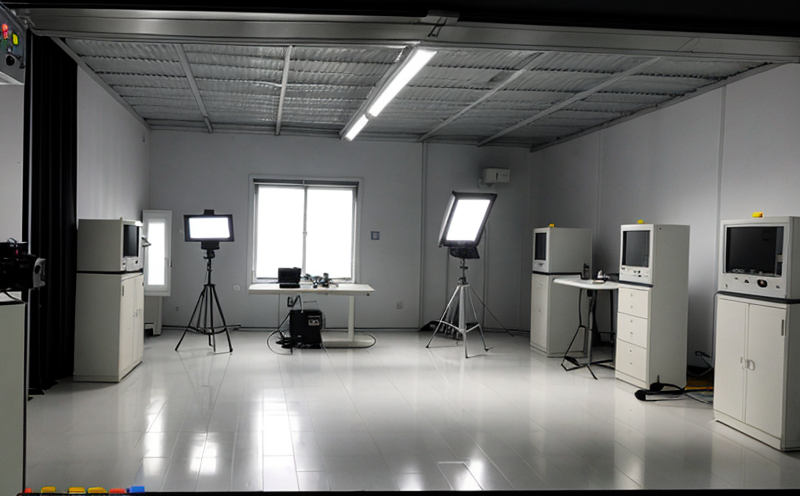CIE 141 Photometric Measurement of Indoor Luminaires
The CIE 141 photometric measurement standard is a cornerstone in the quality assurance and development process for indoor luminaires, ensuring that these fixtures meet stringent lighting performance criteria. This service is critical for manufacturers and designers aiming to comply with international standards while enhancing product reliability and performance. The standard addresses the need for accurate measurement of luminous flux, color rendering index (CRI), and uniformity in light distribution.
Compliance with CIE 141 ensures that indoor luminaire designs are optimized for energy efficiency, visual comfort, and aesthetic appeal within residential and commercial settings. This service is particularly valuable for those operating in sectors like architecture, interior design, and lighting engineering. Quality managers and compliance officers benefit from this testing as it provides a reliable means to ensure product quality and safety.
The CIE 141 method involves detailed photometric measurement of indoor luminaires using standardized equipment under controlled laboratory conditions. The process includes setting up the luminaire in a darkroom, aligning the fixture with the photometer, and measuring light distribution over the designated area. This standard is essential for verifying that luminaire performance meets or exceeds specified requirements.
The methodology ensures consistency across different manufacturers and models by using precise measurement techniques. It also helps in identifying any discrepancies between theoretical design and actual performance, facilitating continuous improvement in product development. The accuracy of photometric testing under CIE 141 is paramount for maintaining high standards of light quality in various environments.
Understanding the nuances of this standard is crucial for R&D engineers working on new luminaire designs or improving existing models. By adhering to CIE 141, they can ensure that their products not only meet but exceed market expectations and regulatory requirements. This service supports procurement teams by providing data that aids in selecting reliable suppliers who adhere to international standards.
The importance of this testing cannot be overstated, especially as lighting plays an increasingly significant role in creating comfortable, efficient, and aesthetically pleasing spaces. Compliance with CIE 141 is essential for maintaining the integrity of indoor luminaire performance, contributing to safer, healthier environments for occupants.
Scope and Methodology
| Aspect | Description |
|---|---|
| Luminaire Setup | The luminaire is placed in a darkroom, ensuring that external light sources do not interfere with the measurement. |
| Measurement Parameters | Parameters include luminous flux (lux), color rendering index (CRI), and uniformity of light distribution. |
| Testing Environment | The test is conducted in a controlled environment to minimize external variables affecting results. |
| Data Collection | Data points are collected at various angles around the luminaire to ensure comprehensive coverage. |
This methodology ensures that all measurements are accurate and representative of real-world conditions. The controlled environment allows for consistent results, which is crucial in validating product performance across different lighting scenarios.
Benefits
- Achieves compliance with international standards (CIE 141).
- Guarantees accurate and reliable luminaire performance data.
- Supports continuous improvement in product design and development.
- Promotes energy efficiency by ensuring optimal light output.
- Ensures visual comfort for end-users, enhancing overall satisfaction.
- Facilitates safer environments by identifying potential hazards early in the testing process.
By adhering to CIE 141 standards, manufacturers can enhance their brand reputation and market competitiveness. This service not only supports compliance with regulatory requirements but also provides valuable insights that drive innovation and quality improvement within organizations.
Customer Impact and Satisfaction
- Enhanced product reliability through rigorous testing procedures.
- Increased customer trust due to proven adherence to international standards.
- Improved decision-making processes for procurement teams by providing accurate test results.
- Maintained market reputation and competitive advantage among peers.
- Reduced risks associated with non-compliant products, leading to fewer recalls or product failures.
The impact of this service extends beyond technical specifications; it contributes to the overall satisfaction of end-users by ensuring that indoor luminaires perform as expected in real-world applications. This level of commitment to quality and compliance is essential for maintaining a strong market position and fostering long-term customer relationships.





